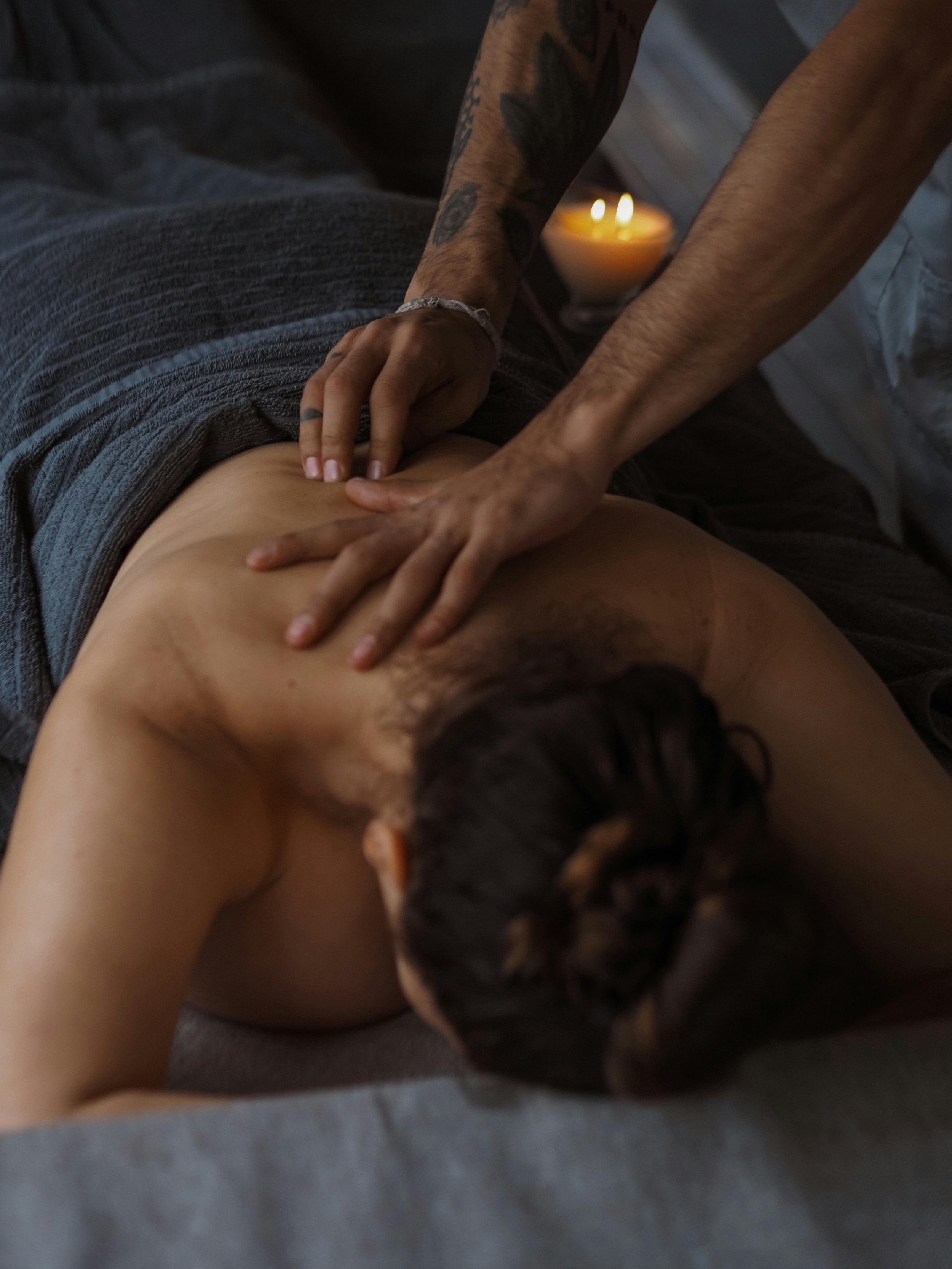
Sport Massage Therapy
Relieve Pain, Move Better, Perform Stronger!
SERVICES
SPORT MASSAGE
A specialized form of massage therapy aimed at athletes and active individuals. Its primary purpose is to enhance athletic performance, prevent injuries, and aid in the recovery process. Sports massage techniques focus on the muscles most used during a specific sport or physical activity, often incorporating a blend of deep tissue massage, stretching, and other therapeutic techniques. The massage can be tailored for different phases of training, including pre-event, post-event, and maintenance phases, each with specific goals such as warming up muscles, reducing muscle soreness, or facilitating recovery.
One key aspect of sports massage is its emphasis on improving flexibility, reducing muscle tension, and boosting circulation, which collectively help athletes recover faster from strenuous activities. Techniques used in sports massage can include effleurage (long, gliding strokes), petrissage (kneading and squeezing), friction (deep circular movements), and trigger point therapy to address knots and areas of muscle tightness.
The primary difference between sports massage and other types of massage lies in its focus and techniques. Sports massage is tailored to the needs of athletes, aiming to improve performance, prevent injuries, and expedite recovery. It often involves a combination of various massage techniques, including those used in deep tissue massage, but is specifically adjusted based on the athlete's sport and current physical condition.
Deep tissue massage, on the other hand, is more focused on addressing severe muscle tension and chronic pain, applicable to a broader audience beyond just athletes. While both sports and deep tissue massages can be intense and target deeper muscle layers, their goals and application methods differ significantly.
In summary, while sports massage and deep tissue massage share some techniques, they cater to different needs—sports massage is athlete-centric with a performance and recovery focus, whereas deep tissue massage is a more generalized therapy aimed at alleviating chronic muscle tension and pain.
EXERCISE PRESCRIPTION
Exercise prescription is a carefully designed plan that outlines the type, intensity, frequency, and duration of physical activity tailored to an individual's specific needs and goals. This personalized approach is fundamental in achieving optimal health, improving physical performance, and addressing specific functional issues. Effective exercise prescription requires a comprehensive understanding of the individual's health status, physical condition, and fitness goals.
One of the key components of an effective exercise prescription is the biomechanical assessment. This process involves a detailed analysis of an individual's movement patterns, joint function, muscle strength, and flexibility. By identifying any abnormalities, imbalances, or inefficiencies in movement, healthcare professionals and fitness experts can pinpoint the underlying causes of discomfort, pain, or suboptimal performance.
The combination of biomechanical assessment and personalized exercise prescription can lead to significant improvements in movement quality and physical capabilities. As individuals follow their tailored exercise programs, they often experience enhanced flexibility, strength, and coordination, allowing them to perform activities with greater ease and efficiency. Over time, this can lead to substantial gains in functional ability and overall fitness.
Many people find that with a well-designed exercise prescription, they can achieve goals they once thought impossible. For instance, someone who has struggled with joint pain might find themselves able to engage in activities like running, dancing, or hiking without discomfort. Athletes can reach new levels of performance, breaking personal records and excelling in their sports. Even everyday activities, such as lifting heavy objects, climbing stairs, or playing with children, become more manageable and enjoyable.
SPORT SCIENCE TESTING
Sport science testing involves methods to evaluate an athlete's physical abilities, physiological responses, and biomechanical efficiency. It includes assessments of strength, power, endurance, flexibility, speed, agility, body composition, and specialized tests like lactate threshold, VO2 max, and movement analysis. This testing is crucial for athletes at all levels, providing insights into their fitness and identifying areas for improvement.
The primary goal of sport science testing is to optimize performance by developing individualized training programs based on systematic measurements. It helps enhance strengths, address weaknesses, and reduce injury risks. Regular testing tracks progress, allowing for data-driven adjustments to training plans. It also aids in injury prevention and rehabilitation by identifying imbalances and monitoring recovery, ensuring athletes return to full training safely. In essence, sport science testing is vital for achieving and sustaining peak athletic performance.
Contact me directly to enquire about Sport Science assessments as my equipment is mobile. However, in most cases it is better to test within a gym or lab environment


